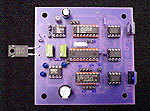 Digital Wattmeter for RF based on AD8307
Digital Wattmeter for RF based on AD8307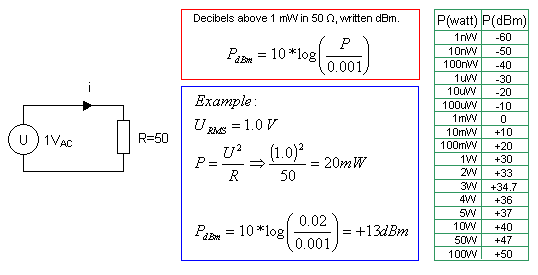


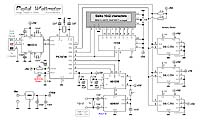
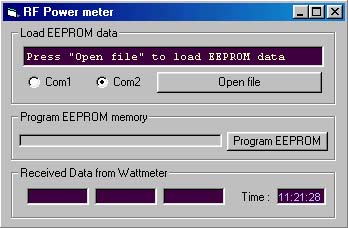
Download windows software wattmeter.zip (2.03Mb) |
|
Click here to go to the software download page! |
|
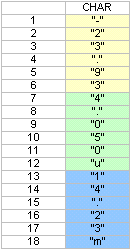 Make sure you don't overload the wattmeter!
Make sure you don't overload the wattmeter!| wattm_1.zip | Display text for -70dB to +10 dBm, the file is zipped!) |
| wattm_2.zip | Display text for -50dB to +30 dBm, the file is zipped!) |
| wattm.zip | PIC program wattmeter |
| AD8307.pdf | Datasheets for AD8307.pdf |